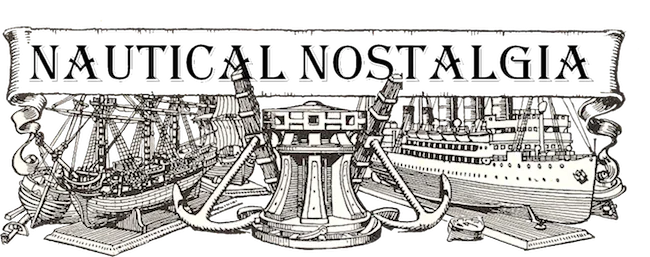I had always wanted to join the Merchant Navy. And here I was, cadet with Ellerman Lines. Joined my first ship in Avonmouth. A few weeks previously I had visited a local naval tailor and got fitted up with all the items of uniform and other stuff on the list in the company cadet conspectus.
That conspectus! Yes. Lots of pictures of cadets in uniform doing officer-like things. Navigation on the bridge. Using the radar. Plotting in the chartroom. Deep in study in a comfortable cabin.
Hmmmm. Reality was a little different. I’d been on board the “City of Karachi” about two weeks, and mostly used nothing more nautical than a scrubbing brush, broom and a tin of Brasso!

Now, we were moored on a lay-by berth in Birkenhead East Float, awaiting our loading berth in West float. We would be shifting there in a couple of days and loading a full cargo for India. The ship was light (empty of cargo) and the crew were preparing the holds for loading.
The Mate (Chief Officer) said “Come with me laddie, got a job for you”. I followed him down No 4 hold. Right to the bottom. Walking forward towards the Engine-room bulkhead, he pointed to a manhole cover, saying “What’s that?” “Double bottom, sir” I replied. “Which double bottom is it?” “Dont know, sir”.
“Well, you’ve got five minutes to find out” he said, lighting a fag. I climbed the ladders to the deck and went to the ship’s office. With the aid of the Third Mate, and drawings of the ship, I worked out that the manhole cover was to a fresh water double bottom tank. I was about to return to the hold, when the Third Mate said “Hold on. He’ll want to know how much is in it” and handed me the Soundings Book. This book is a daily record of the contents of every tank in the ship, and is filled out by the ships Carpenter after sounding round. I looked in the appropriate column, and it said “MT”. I asked the Third Mate what “MT” meant. He said “It means there’s nothing in it. Its “empty”.
Back down the lower hold, I showed off my new-found knowledge to the Mate. He said “That’s right. Now go get a spanner and bucket, take off the manhole lid, go down and dry out the last inch or so of water in the tank. They’ll be cement-washing the tank tomorrow so it’s got to be dry.
So, I did as I was told. I’d only been on the ship a couple of weeks, but I had already learned that doing as I had been told came highly recommended!
So, there I was, on my own down a double bottom tank. The only safety advice I had been given was “don’t forget to take a torch”. I had no inkling how dangerous my position was.
Entry into Enclosed Spaces procedures are a very important part of any seafarers education and training. This is not Elfin safety gone mad, but vitally important to the well-being of anybody entering tanks or any other enclosed space. Loss of life of seafarers working in tanks is a very common occurrence. Often the tank atmosphere lacks oxygen, or is polluted with toxic gases. Sometimes, a seaman will enter a tank, and quickly collapse from lack of oxygen. His oppo sees the man is in trouble, shouts “Hang on mate, I’m coming down” and enters the tank. He dies too.
Strict procedures are laid out in guidelines. They detail precautions such as ventilation of the space, testing for toxic gas and oxygen content. Provision of safety equipment, lifeline, resuscitation equipment. Provision of communications equipment. Sufficient men on hand to deal with a problem, and the whole operation to be covered by a risk assessment and permit-to-work.
But the Mate had sent me down there on my own with no precautions whatsoever! That was 50 years ago, but I’ve often thought about what might have been the consequences.
I guess cadets were expendable in those days!
